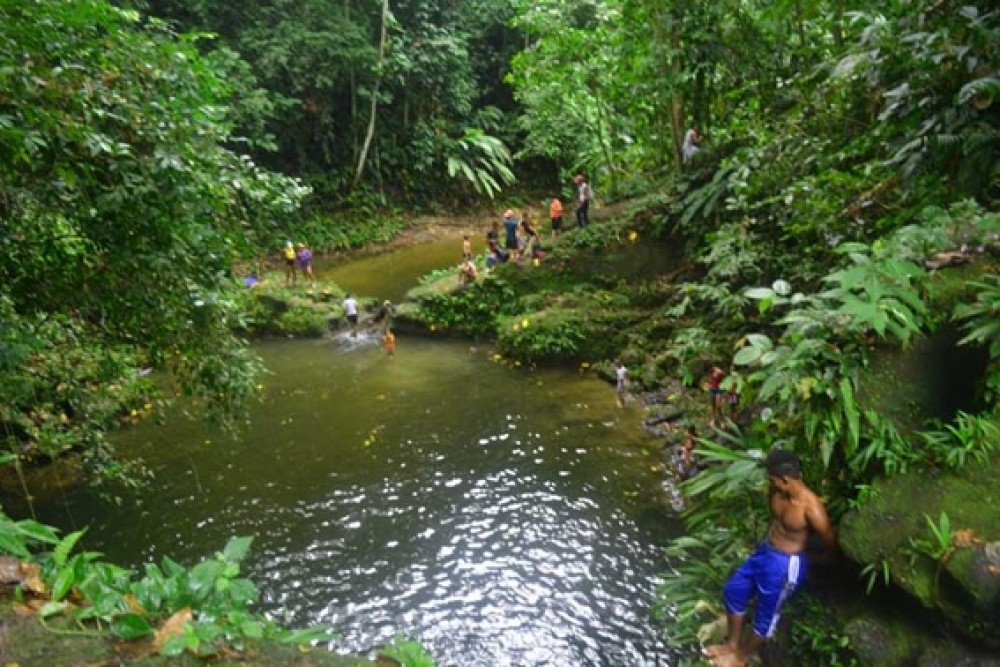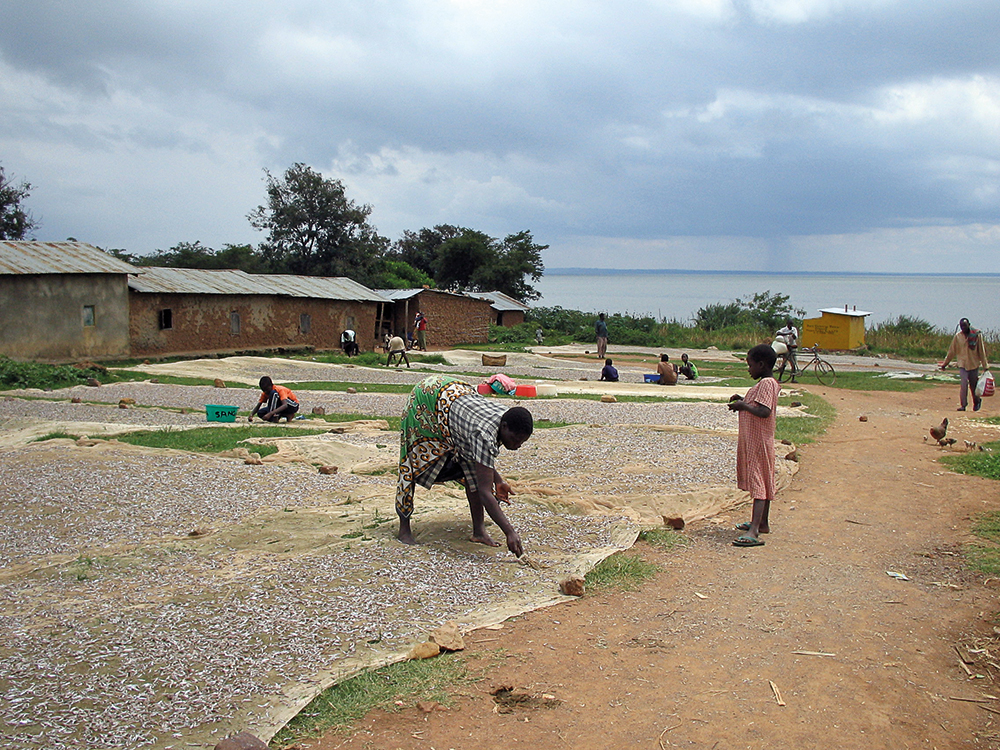Preservar los caudales como resistencia en la Galerita
LaUnión de Organizaciones Campesinas de Esmeraldas (UOCE) y la Asociación Ecocacao, se han convertido en instrumentos de resistencia para defender y proteger la tierra y territorio, a través del trabajo comunitario y la entrega en posesión de la tierra a las familias, manteniendo así las vertientes de agua, el bosque y la producción de alimentos.










